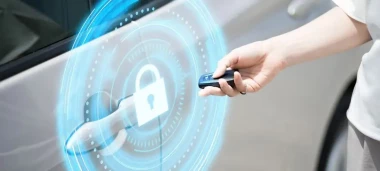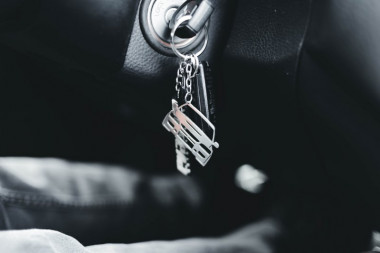If you’ve ever traveled by air, you’ve likely encountered TSA-approved locks. These handy locks allow you to secure your luggage while still giving Transportation Security Administration (TSA) agents the ability to inspect your bags without damaging your lock. But what happens when you lose the key? How do you replace it? And why is it essential to understand how these locks work in the first place?
Let’s walk you through everything you need to know about TSA locks, from how they function to what to do when you lose your key.
Why TSA Locks Are Crucial for Travel
When you travel, especially internationally, ensuring your luggage is secure is a top priority. TSA locks are designed to keep your belongings safe while allowing airport security to access your bags if necessary. Without these locks, if TSA agents need to inspect your luggage, they may break any standard lock, leaving your bags vulnerable.
By using a TSA-approved lock, you can protect your items while ensuring TSA officers can unlock your suitcase with a master key. This system helps avoid damage and ensures both your security and the smooth operation of airport procedures.
How Do TSA Locks Work?
TSA locks have a special design that makes them both traveler- and TSA-friendly. You can secure the lock with a combination or a key, just like a regular lock, but TSA officers can open it with a universal master key. Each lock has a TSA indicator that tells the agents which master key to use.
TSA locks come in different styles, from padlocks to cable locks, and can be attached to zippers, clasps, or other luggage closures. The key difference from regular locks is that only TSA officers have access to the master keys, ensuring that your luggage can be safely opened and closed without cutting the lock.
When You Lose the TSA Key: What Are Your Options?
One of the most common issues travelers face with TSA locks is losing the key. It happens to the best of us — after all, it's easy to misplace something so small, especially when you're packing or unpacking in a hurry.
So, what should you do if you lose your TSA lock key?
1. Check for a Key Code on the Lock
The first thing you’ll want to do is inspect your lock for a key code. Most TSA-approved locks will have a small code engraved on them, typically a number like "TSA007" or something similar. This code helps identify which master key the TSA uses to open the lock.
More importantly, it tells you what type of key you’ll need to get a replacement. If your lock has a key code, you’re in luck — you can order a replacement key based on that code.
2. Order a Replacement Key
Once you have the key code, finding a replacement key is straightforward. Many online services, like ReplacementKeys.co.uk, offer easy key replacement options. Simply input your key code, and you can order a new key to be delivered to your doorstep. It’s quick, convenient, and usually much cheaper than buying a whole new lock.
3. Consider Switching to a Combination Lock
If you tend to lose keys frequently, it might be time to switch to a TSA-approved combination lock. These locks allow you to set your own code, removing the need for a key altogether. Just make sure you remember the combination!
Can TSA Locks Be Broken?
While TSA locks are designed for safety and convenience, they aren’t foolproof. In rare cases, a TSA officer may have trouble opening your lock with their master key. This could be due to a malfunction in the lock or a damaged keyhole. In these situations, TSA agents may have no choice but to cut the lock.
If your TSA lock gets broken during an inspection, don’t panic. You can file a claim with TSA to cover the cost of replacing the lock or other damages. Most airlines also understand these issues and will guide you through the claims process.
The Benefits of Having a Spare Key
Even if you haven’t lost your key yet, it’s a good idea to plan ahead. Traveling can be hectic, and a misplaced key can easily happen. Having a spare TSA lock key can save you from the stress and hassle of scrambling to open your luggage last minute.
Order an extra key in advance, or if you’re using a combination lock, make sure you store the combination somewhere secure, like in your phone or on a travel document.
How to Choose the Best TSA Lock for You
If you're in the market for a new TSA lock, here are a few factors to keep in mind:
- Type of Lock: TSA locks come in key-based or combination forms. Choose the one that suits your travel habits. If you're prone to losing keys, a combination lock might be better for you.
- Build Quality: Ensure the lock is durable enough to handle the rough handling that luggage can experience during travel. High-quality materials will last longer and offer better protection.
- Size and Fit: Make sure the lock fits your luggage. Some locks work better on zippers, while others are better suited for hard-shell suitcases with fixed clasps.
Stay Safe and Secure on Your Travels
Understanding how TSA locks work and being prepared in case you lose a key will help you travel with peace of mind. Whether you need to order a replacement key or you’re looking to invest in a new lock, the right TSA lock will keep your belongings safe without the risk of damage during inspections.
Remember, your travel security starts with smart choices. Keeping a spare key, knowing your key code, and using TSA-approved locks are small steps that can make a big difference in your travel experience.

_1726051708.jpg)



